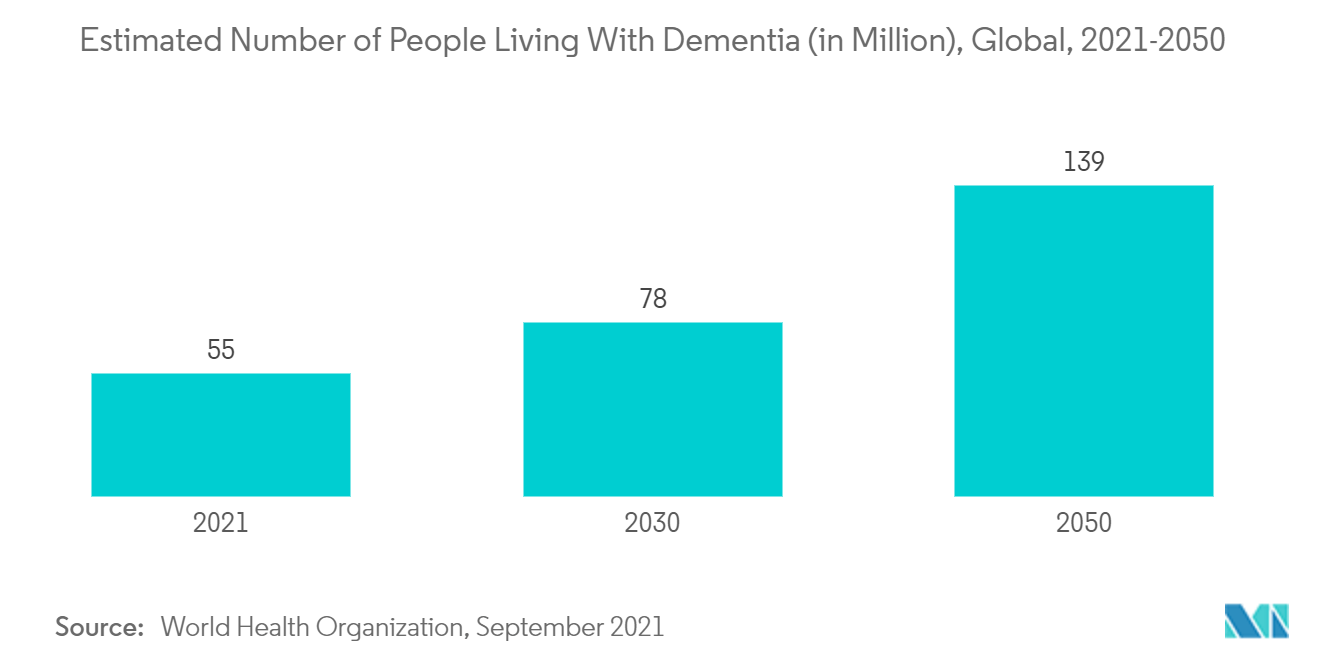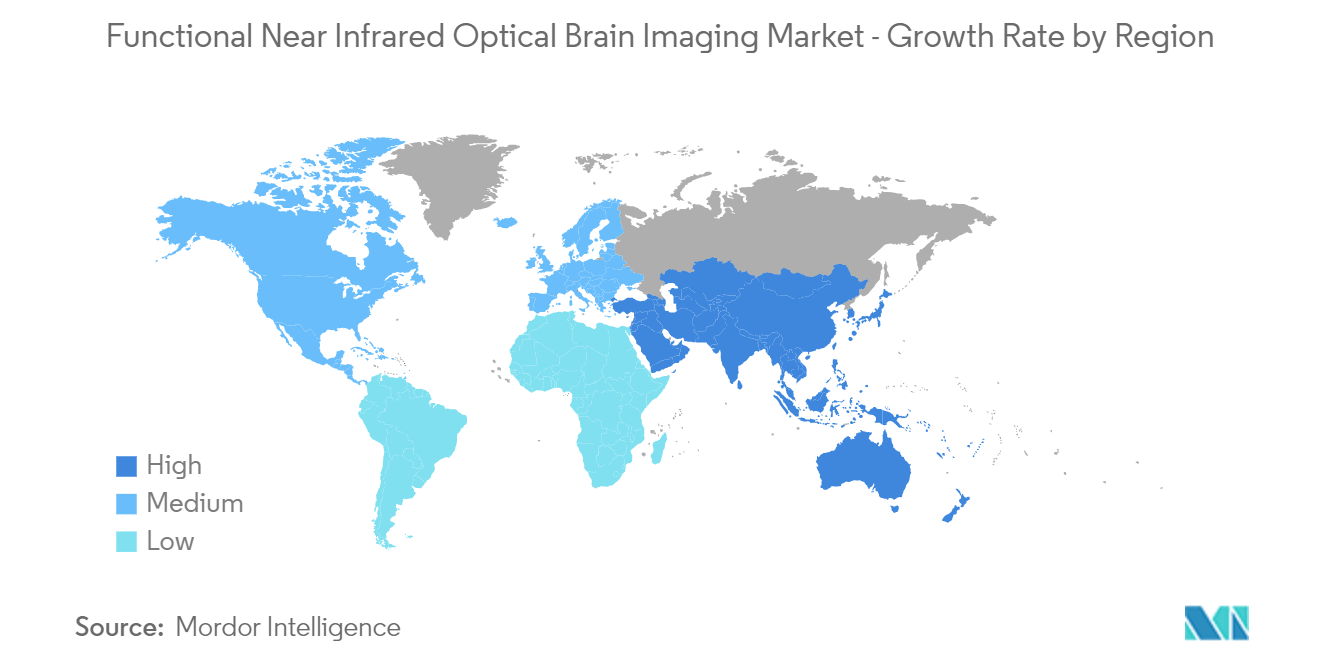Market Trends of Functional Near-infrared Optical Brain Imaging Industry
Traumatic Brain Injury Segment Expects to Register a Strong Growth in the Forecast Period
The traumatic brain injury segment is expected to witness significant growth in the market over the forecast period owing to factors such as rising incidences of traumatic brain injury and the adoption of near-infrared optical brain imaging for examining the brain. For instance, according to an article from the BMJ Journals published in April 2022, India accounted for nearly a quarter of all trauma-related deaths and 21% of new traumatic brain injury cases worldwide.
Additionally, according to an article from the Journal of Neurotrauma published in November 2021, about 64,362 traumatic brain injury-related deaths were reported in the United States. Similarly, according to an article by the JAMA Neurology published in September 2021, approximately 12%-20% of patients with mild traumatic brain injury had macrostructural intracranial injury visible on computed tomography (CT). Thus, the increasing burden of brain injuries due to various factors is expected to increase the demand for optical brain imaging to examine the injury and damage, thereby boosting the market growth.
Furthermore, in August 2021, a team of researchers from Brown University took a key step toward a new concept for a future BCI system that employs a coordinated network of independent, wireless microscale neural sensors, each about the size of a grain of salt, to record and stimulate brain activity. The sensors, dubbed neurograins, independently record the electrical pulses of firing neurons and send the signals wirelessly to a central hub, which coordinates and processes the signals. This innovation helps record the brain signals in detail, leading to new insights into how the brain works and new therapies for people with brain or spinal injuries, thus driving the market significantly over the forecast period.
Thus, the increasing burden of traumatic brain injury among the population and emerging product trends are expected to augment the segment growth, further boosting the market growth.

North America is Expected to Hold a Significant Share in the Market During the Forecast Period
North America is expected to hold a major market share in the functional near-infrared optical brain imaging market over the forecast period owing to factors such as the increasing geriatric population and associated neurological disorders and other brain injuries, rise in funding for various research regarding neurological diseases, are expected to propel the market in this region.
The rising burden of neurological disorders among the population and the increasing geriatric population who are more likely to develop neurodegenerative diseases are the key factors driving the market growth. For instance, as per the Alzheimer's Association 2021 Alzheimer's Disease Facts and Figures, an estimated 6.2 million Americans aged 65 and older were living with Alzheimer's dementia in 2021 in the United States. As per the same source, the number of people aged 65 and older with Alzheimer's dementia is projected to increase to 12.7 million by 2050. Similarly, according to the 2022 statistics published by CerebralPalsy.org, it was observed that about two to three children out of every 1,000 had Cerebral Palsy in the United States. Thus, the increasing neurological disorders in the population are expected to increase the demand for near-infrared spectroscopy to monitor tissue oxygenation and blood flow in the brain, thereby boosting market growth.
Moreover, the increasing investment by the private players is also boosting the growth of the market. For Instance, in June 2021, Synchron, a brain interface platform company, received funding of USD 40 million in a Series B round of financing led by Silicon Valley venture capital firm Khosla Ventures for the launch of the United States Clinical Trials of Minimally Invasive Brain Computer Interface. Additionally, in July 2021, the company received approval from the United States Food and Drug Administration for the conduct of clinical trials in humans in the United States.
Thus, the rising prevalence of neurological disorders, increasing healthcare funding, and rising investment by the players are likely to boost the market growth in the region over the forecast period.


